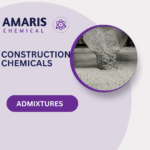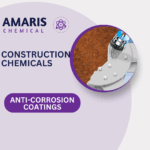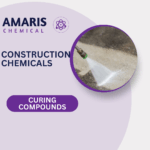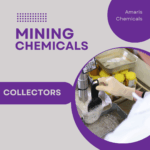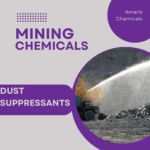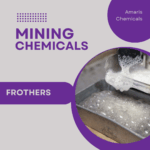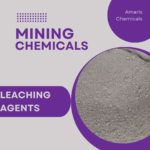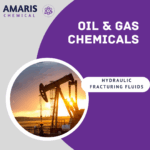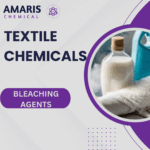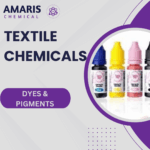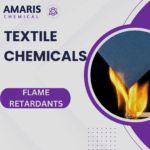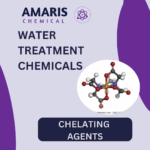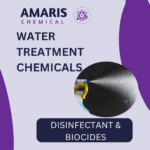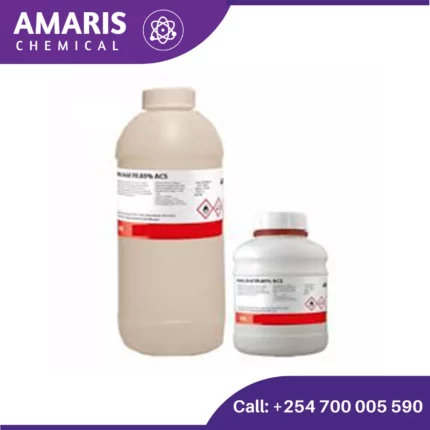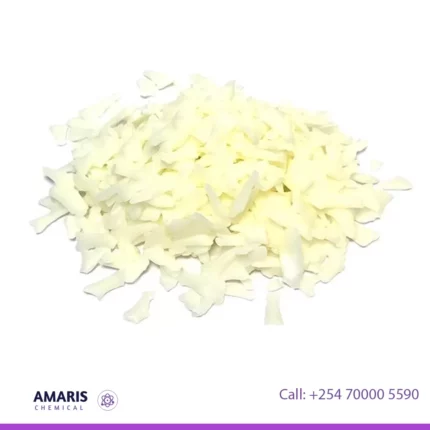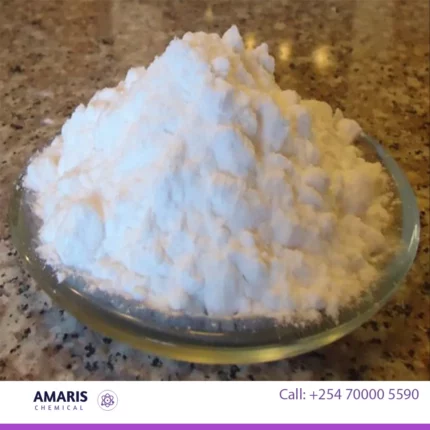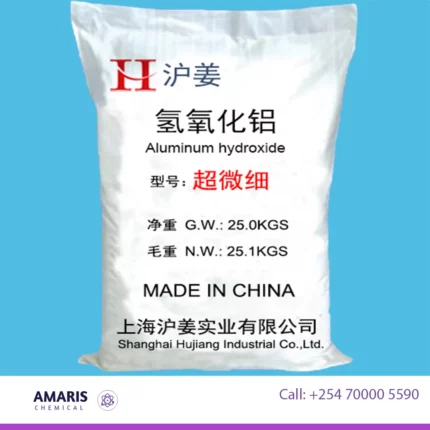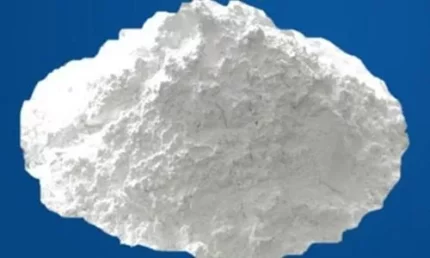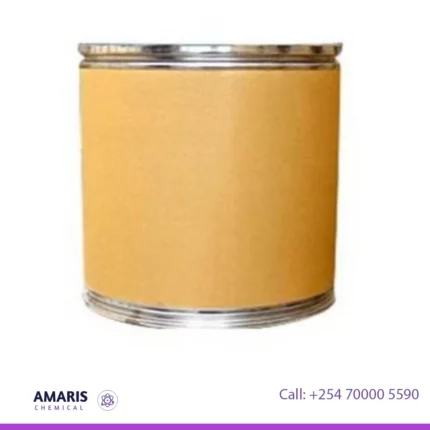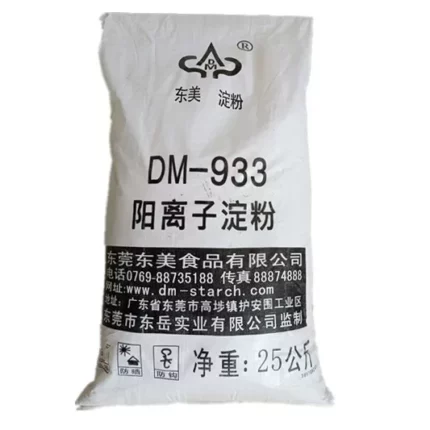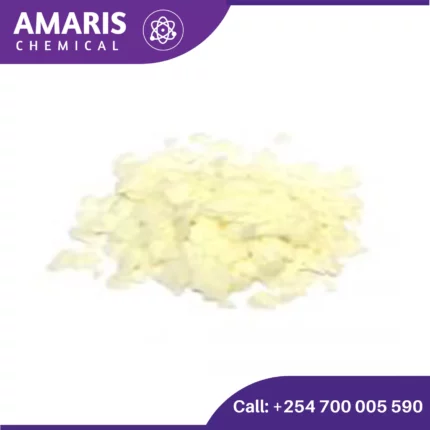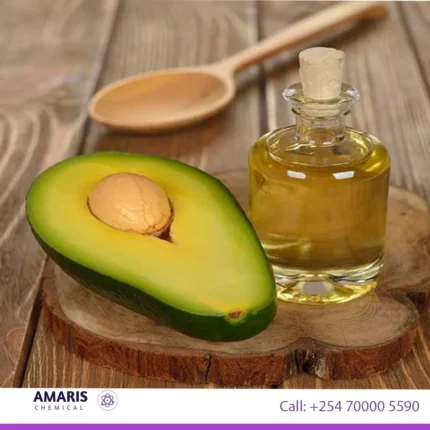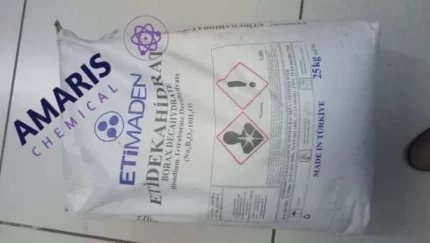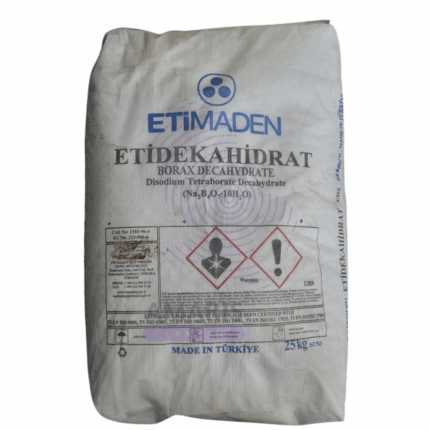Acetaldehyde
Acetaldehyde
Acetaldehyde is a simple organic compound with the chemical formula CH3CHO. It is a colorless liquid with a pungent, fruity odor. Here are some key points about acetaldehyde:
- Chemical Structure: Acetaldehyde consists of two carbon atoms, one oxygen atom, and four hydrogen atoms. Its structure is CH3CHO, where the carbon atom in the middle is doubly bonded to an oxygen atom and singly bonded to a hydrogen atom and a methyl group (CH3).
- Occurrence: Acetaldehyde can be found naturally in various ripe fruits, coffee, and heated milk. It is also produced by the oxidation of ethanol (alcohol) by enzymes in the liver and other tissues in humans, making it an intermediate product in alcohol metabolism.
Almond Wax
Almond wax refers to a type of wax derived from the oil obtained from almonds, which are the seeds of the almond tree (Prunus dulcis). It is a natural and plant-based wax commonly used in various applications, such as cosmetics, skincare products, and candle making.
The wax is obtained through a process of extracting the oil from almonds and then refining it to create a solid, waxy substance. Almond wax is known for its smooth texture, pleasant aroma, and moisturizing properties, which make it a popular ingredient in the formulation of lotions, creams, lip balms, and other beauty products.
The use of almond wax in candle making is also favored due to its ability to provide a clean and slow-burning flame. It is often blended with other waxes, such as soy wax or beeswax, to enhance its performance and create unique candle formulations.
In summary, almond wax is a natural wax derived from almond oil, known for its moisturizing properties and often used in cosmetics, skincare products, and candle making.
Alpha Arbutin
Alpha arbutin is a synthetic compound derived from the natural substance called hydroquinone. It is a skin-brightening agent and a type of skin lightening ingredient commonly used in cosmetic and skincare products. Alpha arbutin works by inhibiting the activity of the enzyme tyrosinase, which is involved in the production of melanin, the pigment responsible for skin color. By reducing melanin production, alpha arbutin helps to fade and prevent the formation of dark spots, hyperpigmentation, and uneven skin tone. It is considered a safer alternative to hydroquinone, as it exhibits similar skin-lightening effects with lower risks of potential side effects.
Aluminium hydroxide
Aluminium hydroxide is a chemical compound with the formula Al(OH)3. It is an inorganic compound that is commonly used as an antacid to neutralize excess stomach acid, as well as a component in the manufacture of various products, such as ceramics, paper, and cosmetics. It is a white, powdery substance that is insoluble in water and has a low toxicity. When heated, it decomposes to produce aluminium oxide, or alumina, which is used in the production of aluminium metal.
Aluminium silicate
Aluminium silicate is a compound made up of aluminium, silicon, and oxygen, with the chemical formula Al2SiO5. It is also known as kaolin, a naturally occurring clay mineral that is widely used in a variety of industrial applications. Aluminium silicate is valued for its high temperature resistance, low thermal expansion, and good electrical insulation properties, which make it useful in the manufacturing of ceramics, refractory materials, and insulators. It can also be used as a filler in paper, paint, and plastics.
Ammonium Lactate
Ammonium lactate is a combination of lactic acid and ammonium hydroxide. It's commonly used as a moisturizer to treat dry, scaly, itchy skin conditions, such as ichthyosis vulgaris and xerosis. The lactic acid component helps to exfoliate dead skin cells, while the ammonium hydroxide component helps to moisturize and soften the skin. It's available in various forms, including lotions and creams, and typically requires a doctor's prescription for use.
Amphoteric
Amphoteric refers to a substance or compound that has the ability to react as both an acid and a base. In other words, it can either accept a proton (H+) to act as a base or donate a proton to act as an acid, depending on the conditions of the reaction. The term "amphoteric" is often used in the context of chemistry to describe species that exhibit this dual nature of reactivity.
Apricot wax
Apricot wax refers to a natural wax derived from the fruit kernel (seed) of the apricot tree, scientifically known as Prunus armeniaca. It is obtained through a process of cold-pressing or solvent extraction of the kernel, followed by purification and filtration.
Apricot wax is characterized by its pale yellow to light brown color and a solid, waxy consistency at room temperature. It contains various beneficial components, such as fatty acids, triglycerides, and esters, which contribute to its unique properties.
Due to its emollient and moisturizing qualities, apricot wax is commonly used in the cosmetic and personal care industry as an ingredient in skincare products, lip balms, creams, lotions, and hair care formulations. It helps to nourish and soften the skin, enhance product texture, provide a protective barrier, and improve the overall sensory experience.
Apricot wax is preferred by some individuals and manufacturers due to its natural origin, as it is obtained from a fruit source and does not require chemical processing. Its use aligns with the growing demand for natural and sustainable ingredients in various consumer products.
Avobenzone
Avobenzone is a key organic compound widely used as a broad-spectrum UVA filter in sunscreens and cosmetic products. Its primary function is to absorb harmful UVA rays (320-400 nm), which are responsible for skin aging, wrinkles, and long-term DNA damage. Unlike UVB blockers, avobenzone specifically protects against deep-penetrating UVA radiation, making it an essential ingredient in many sun protection formulations. To ensure effectiveness, it is often combined with UVB filters like octinoxate for full-spectrum defense and stabilized with compounds like octocrylene or antioxidants to prevent photodegradation. Beyond sunscreen lotions, avobenzone is incorporated into daily skincare products such as moisturizers, foundations, and anti-aging creams to provide consistent UV protection. While generally recognized as safe by regulatory bodies like the FDA and EU, it can degrade when exposed to sunlight unless properly stabilized and may cause irritation in sensitive individuals. For improved photostability, modern formulations frequently pair avobenzone with advanced filters like Tinosorb or Mexoryl.
Avocado wax
Avocado wax, also known as avocado oil wax or Persea Gratissima (Avocado) Oil, is a natural wax derived from the fruit of the avocado tree (Persea americana). It is obtained by cold-pressing the flesh of the avocado fruit and then further refining the extracted oil to obtain a solid, waxy substance.
Avocado wax has a high melting point and a rich, creamy texture, which makes it an excellent ingredient for various cosmetic and personal care products. It is often used as a natural alternative to petroleum-based waxes or synthetic emollients.
The wax contains a combination of fatty acids, such as oleic acid, palmitic acid, and linoleic acid, which contribute to its emollient and moisturizing properties. Avocado wax forms a protective barrier on the skin, helping to retain moisture and prevent moisture loss. It is known for its nourishing, softening, and smoothing effects on the skin and hair.
In summary, avocado wax is a natural wax derived from avocado fruit, prized for its moisturizing, emollient, and protective properties, making it a valuable ingredient in various cosmetic and personal care products.
Beeswax
Beeswax is a natural substance produced by honeybees. It is a waxy material secreted by worker bees and used to build the walls and cells of honeycombs in the beehive. Beeswax is typically a yellowish-brown or white solid that has a distinctive honey-like scent. It consists primarily of esters, fatty acids, and hydrocarbons.
In addition to its role in constructing the hive, beeswax has various practical applications outside the hive. It is commonly used in the production of candles, cosmetics, pharmaceuticals, and as a coating for certain food items. Beeswax is valued for its versatility, as it provides a natural and renewable ingredient with properties such as moisture resistance, flexibility, and a slow-burning nature.
Bentonite Powder
Bentonite powder is a naturally occurring, highly absorbent clay-like substance derived from volcanic ash. It is composed primarily of montmorillonite, a mineral that is known for its ability to absorb water and other liquids. Bentonite powder is commonly used in a variety of industries, including construction, drilling, and cosmetics, due to its unique properties such as its ability to swell and form a gel-like substance when it comes into contact with water, making it useful as a binding, thickening, and clarifying agent.
Borax Decahydrate
Borax decahydrate, also known as sodium borate, is a naturally occurring mineral composed of sodium, boron, oxygen, and water. It is a white, odorless powder that dissolves easily in water, and has a wide range of uses, including as a laundry detergent booster, a multipurpose cleaner, and as a component in the production of glass, ceramics, and enamel. Borax has antifungal and insecticidal properties and is also used in certain industrial applications such as in the production of fiberglass, as a flux in metallurgy, and as a fire retardant. It is considered safe when used as directed, but can be toxic if ingested in large quantities.

















